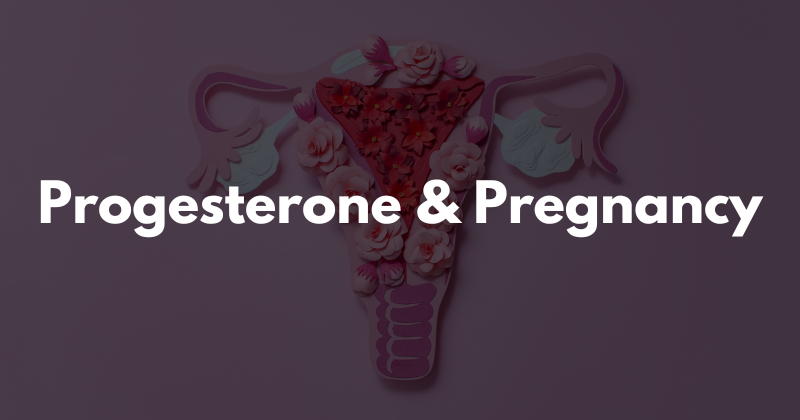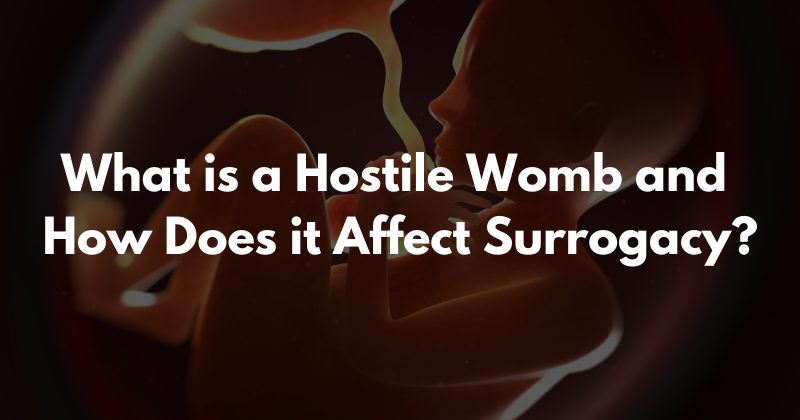For a myriad of reasons women around the world may discover that they are unable to conceive a child or carry out a successful healthy pregnancy. The desire to experience the joys of parenthood nonetheless do not diminish. Fortunately there are many options available to intended parent(s) that may find themselves in this situation. Surrogacy is at the frontier of infertility solutions providing potential parents the opportunity to raise a beautiful child of their own, possibly even one that is biologically related.
A surrogate mother refers to a woman qualified and willing to carry out a healthy full term pregnancy for a couple/intended parent who otherwise would be unable to do so. There are two kinds of surrogates: gestational surrogate (also known as a gestation carrier) and a “traditional” surrogate. While both surrogates are charged with the responsibility of creating and maintaining a healthy environment for the intended parent’s unborn child to thrive, there is one stark difference in their degree of involvement at the embryonic level.
In traditional surrogacy, one of the oldest practices in surrogate infertility solutions, the surrogate uses her own ova/egg in the construction of the embryo. Thus she is both the birth mother and biological mother of any child(ren) born of this method of pregnancy, although she will not be the mother to raise the child. This practice is less favorable as it has had some controversial repercussions in its history. When entering such an arrangement, a traditional surrogate mother must understand and be willing to part with her own biologically related child at the time of birth.
Aside from the apparent physical nature, carrying a child has significant emotional tolls on a woman, being genetically tied to that child may prove even more difficult for a surrogate to cope postpartum. Subsequently any couple accepting the terms of this arrangement must understand that the only genetic link they have the potential of fostering is that of the intended father’s biological relation by using his sperm. If, for whatever reason, a couple cannot provide their own viable sperm, donor sperm can be made available for use in the attempt to achieve pregnancy.
The unborn child would be then biologically related to the surrogate carrier and the sperm donor; therefor intended parents seeking to employ this route must carefully consider their potential candidates and choose a surrogate and donor based on characteristics and traits they wish their child to exhibit.
In lieu of the embryo being created outside of the body then placed into the uterus of the surrogate, as is the necessary practice of In Vitro Fertilization in gestational surrogacy, a traditional surrogate simply undergoes artificial insemination. The process of artificial insemination involves submitting male specimen (sperm) to be washed, concentrated and properly stored.
This ensures the best probability of healthy active sperm reaching and successfully fertilizing her egg. Meanwhile the traditional surrogate’s fertility cycle is closely monitored and at the time of ovulation sperm is placed into her vagina, and through the cervix where it must travel through her Fallopian tubes to fertilize an egg. Once an embryo is created and pregnancy is achieved the traditional surrogate will carry the pregnancy until birth where the intended couple take over as parental guardians.
Wendy Arker entered the field of infertility with a huge heart and passion to guild others on their quest to grow their own family after her personal journey with infertility and turning to egg donation and sperm donation to create her own family. Being a single-mother-by-choice, Wendy understands firsthand the unique way families are built. Whether you’re a married couple, single, or LBGTQ, Creative Love is committed to assisting you.























